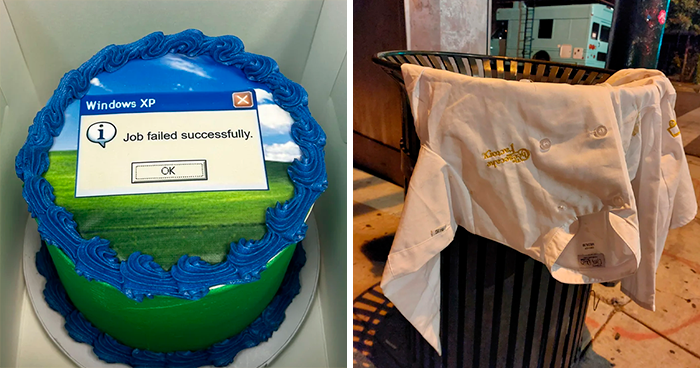In my latest painting, “Genesis,” I sought to delve deep into the ancient and the philosophical, creating a work that speaks to both the mythic past and the existential present. This piece captures a profound moment in Egyptian mythology: the birth of new life from the dead body of Osiris. It’s a scene rich in symbolism and meaning, executed with meticulous care using the encaustic technique on paper.
The painting is a monochromatic exploration with Osiris’s body and bed rendered in bronze. The contrast between the black, white, and bronze highlights the gravity and sanctity of the moment. The figures of Isis and Nephthys are depicted kneeling beside Osiris, their hands raised towards the heavens, guiding and invoking the divine. Anubis, the god of death, is shown walking forward, his hands laid on Osiris’s body, while the unborn Horus stands behind him, symbolizing hope and the continuity of life.
Creating this piece was a journey through both historical and philosophical landscapes. My research into ancient Egyptian art and mythology provided a rich tapestry of symbols and narratives to draw from. But it was the integration of modern philosophical thought that truly shaped the core of “Genesis.” The conclusion I arrived at—that the world is imperfect and oscillates between points of creation and destruction—became a driving force in the conceptualization of the painting.
The encaustic technique was particularly suited for this work, allowing me to create a luminous and textured surface that adds depth and mystery to the composition. The use of heated wax in encaustic painting gives the figures an ethereal quality, suggesting the otherworldly nature of the deities and their actions.
One of the unique aspects of “Genesis” is the way the paper itself was used. Torn into three large pieces, the paper symbolizes the irreplaceable losses that time has inflicted on us. These torn fragments, when assembled, form a complete narrative, representing the mystery and knowledge of a great proto-civilization lost to the ages. This fragmentation and reassembly speak to the idea that our understanding of the past is always incomplete, pieced together from remnants and echoes.
The ornamentation within the painting speaks to the origins of life, intertwining ancient symbols with a narrative that bridges the past and present. Each detail was carefully chosen to evoke the essence of a civilization long lost, yet eternally present in the collective memory of humanity.
The concept behind “Genesis” reflects a duality: the imperfection of the world and the cyclical nature of life and death. When humanity appeared, it brought with it a collapse of an idealized divine order. Yet, despite this imperfection, life continues to emerge and defeat death. This cycle of creation and destruction is fundamental to our existence, a theme that resonates deeply with me.
“Genesis” is more than a depiction of a mythological event; it is a meditation on the nature of existence itself. Through the interplay of ancient mythology and modern philosophical thought, I hope to invite viewers to reflect on the mysteries of life, death, and the eternal cycles that shape our world.
More info: chalovsky.art

 Dark Mode
Dark Mode 

 No fees, cancel anytime
No fees, cancel anytime 





























0
0